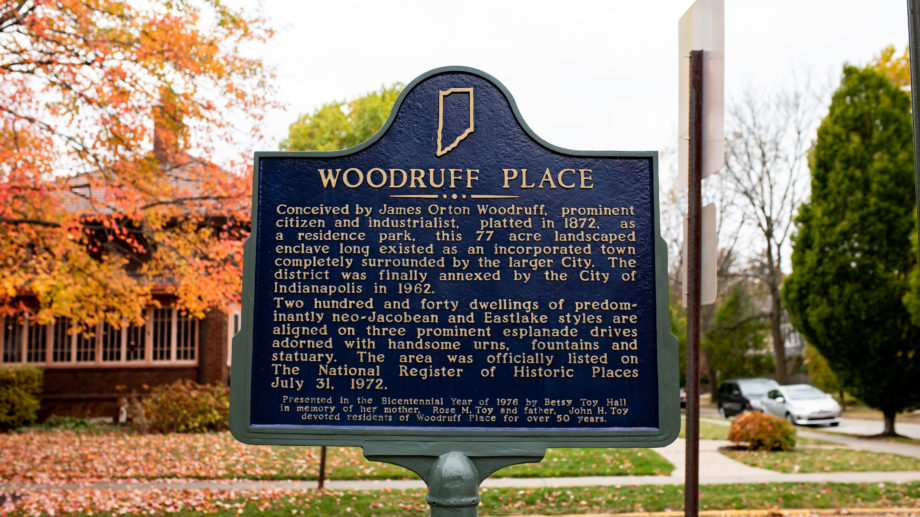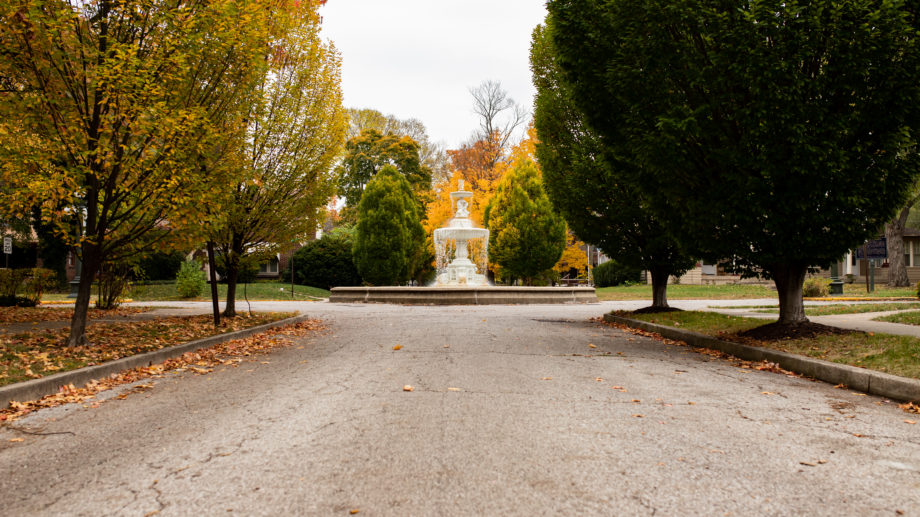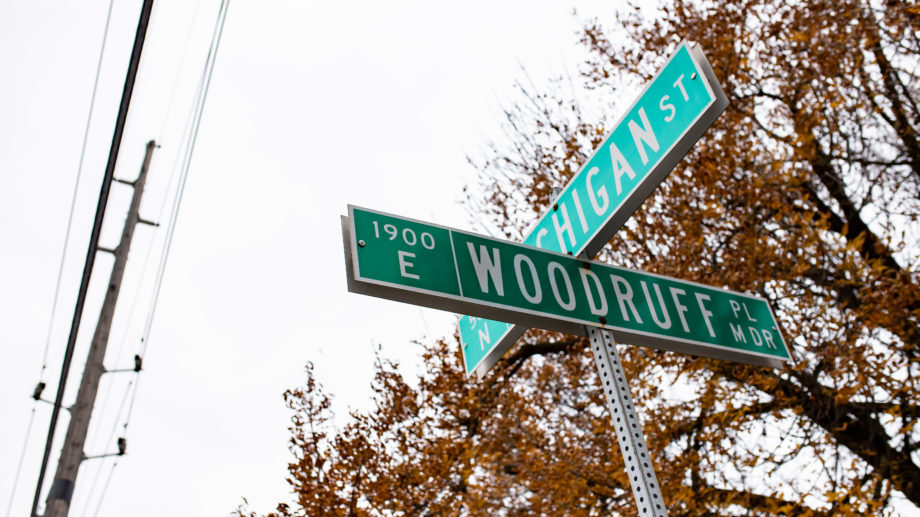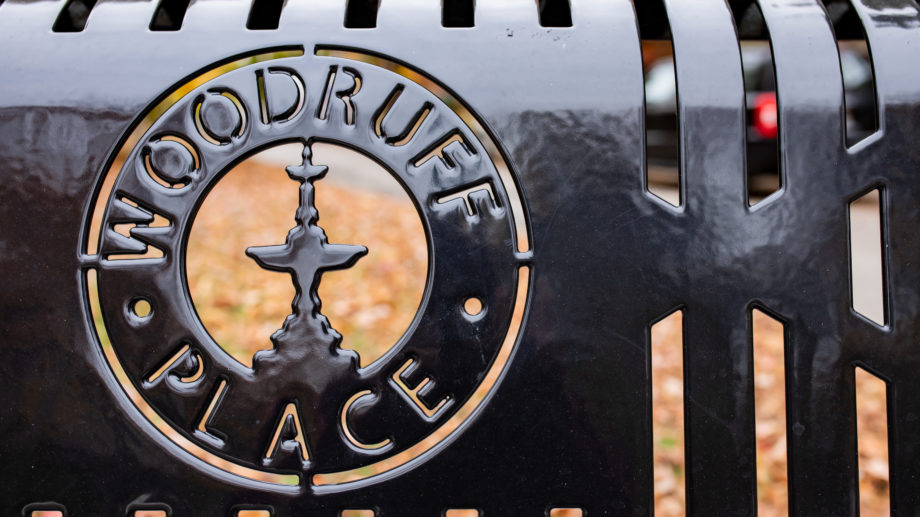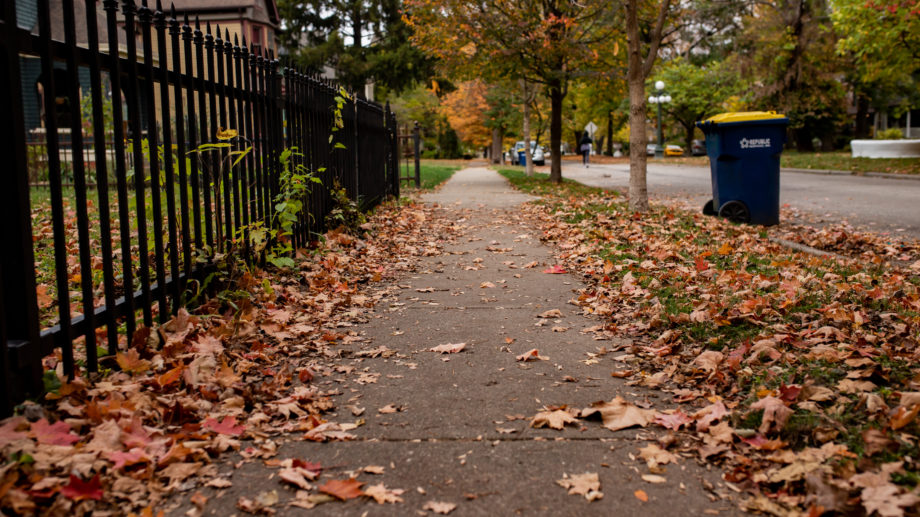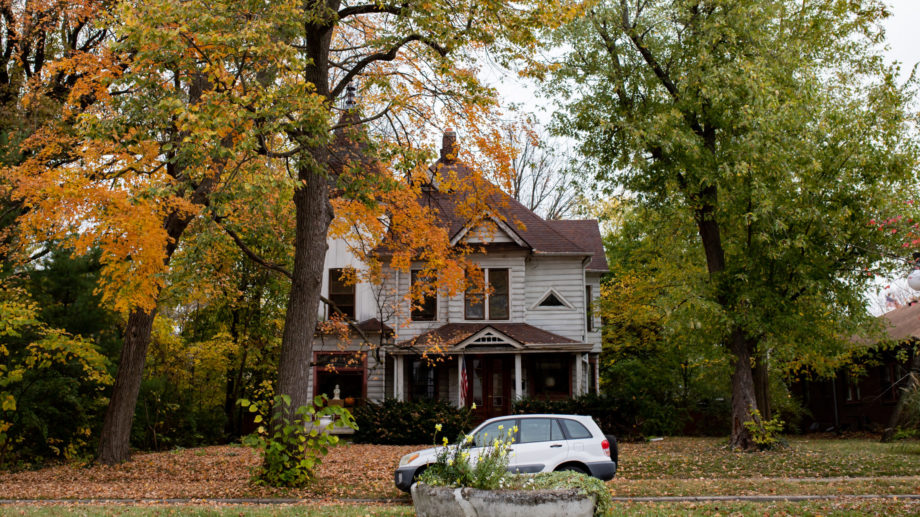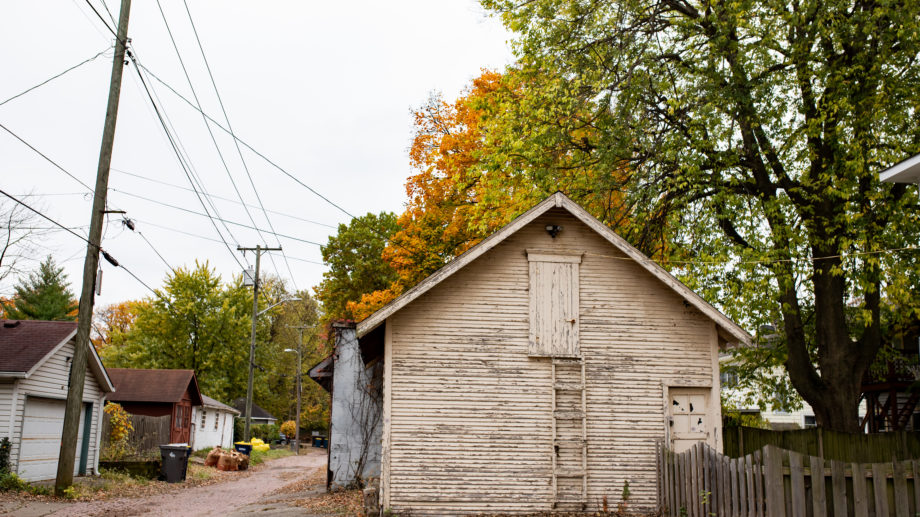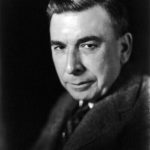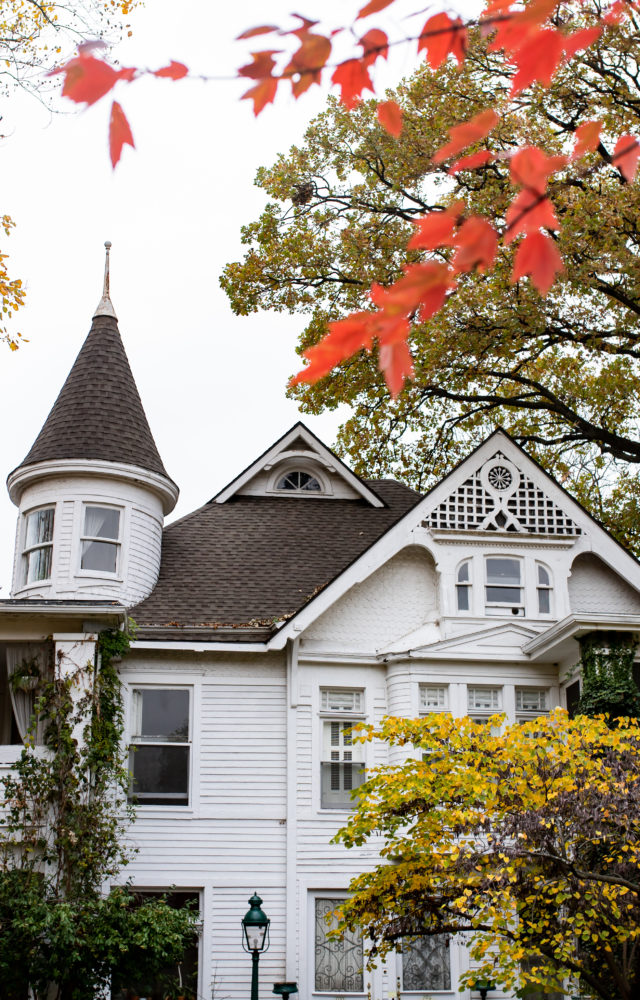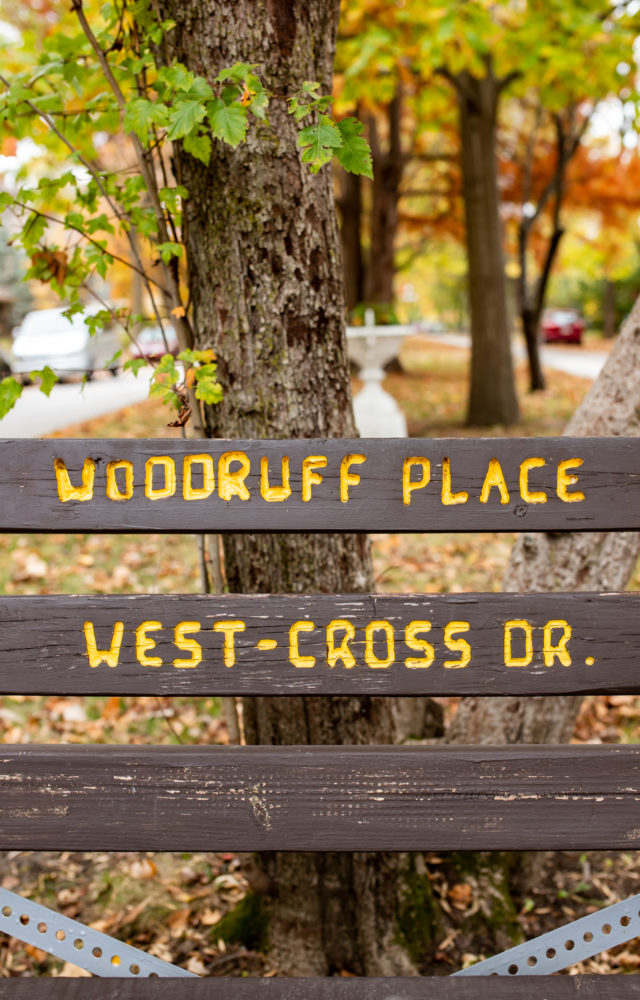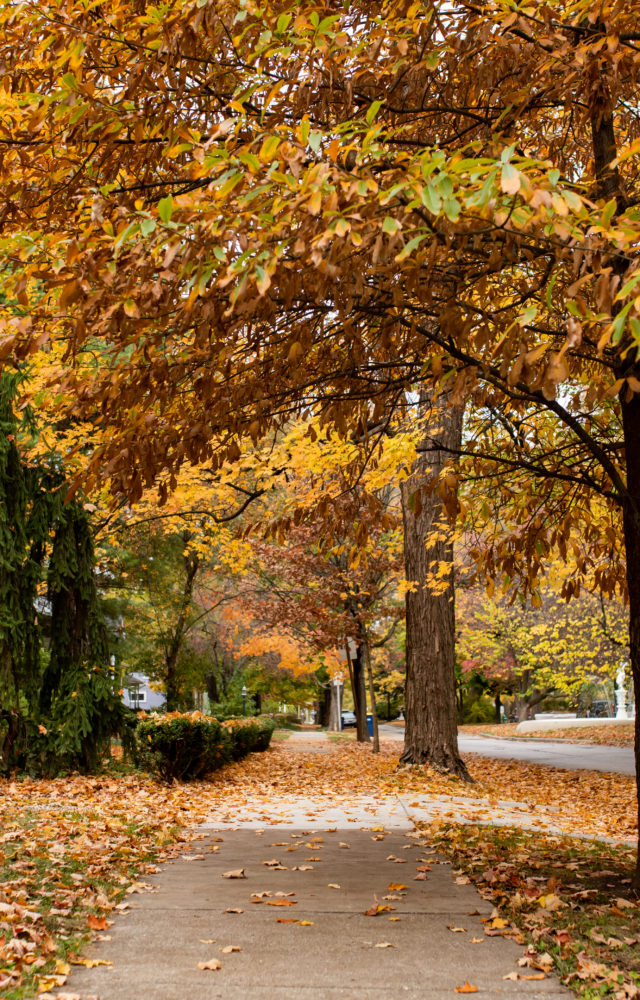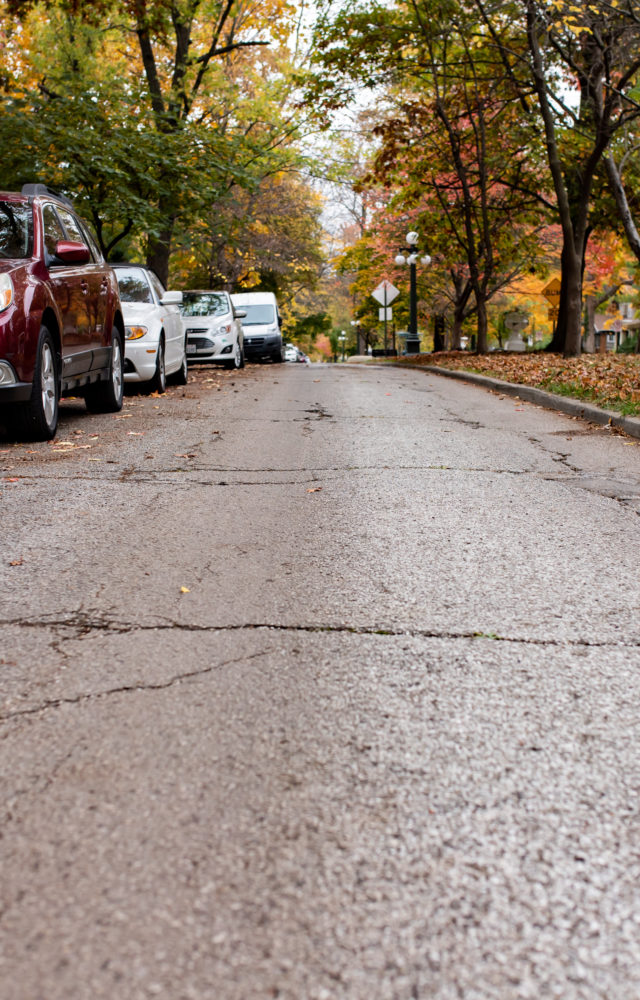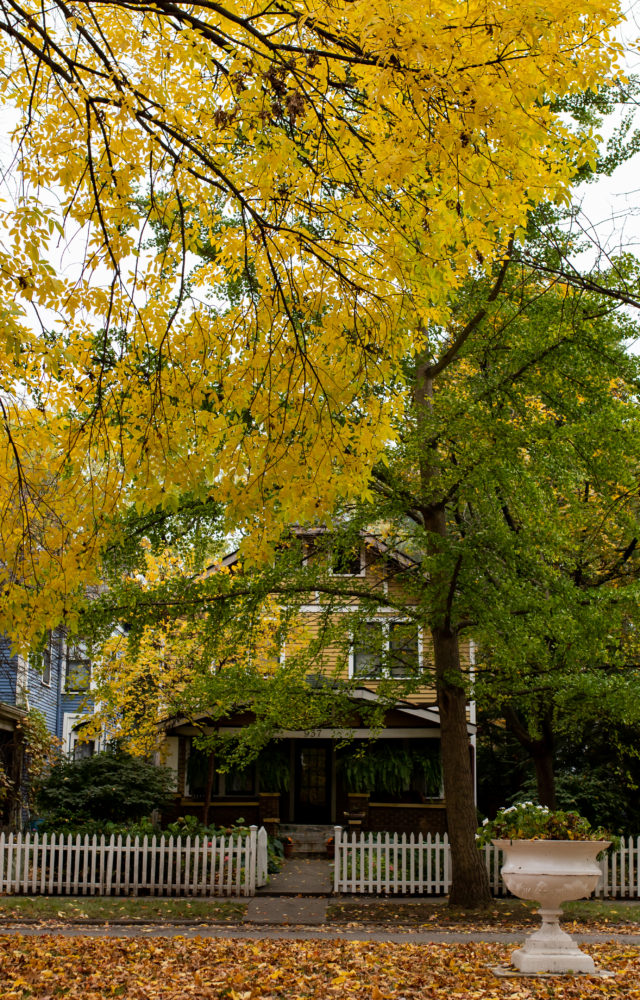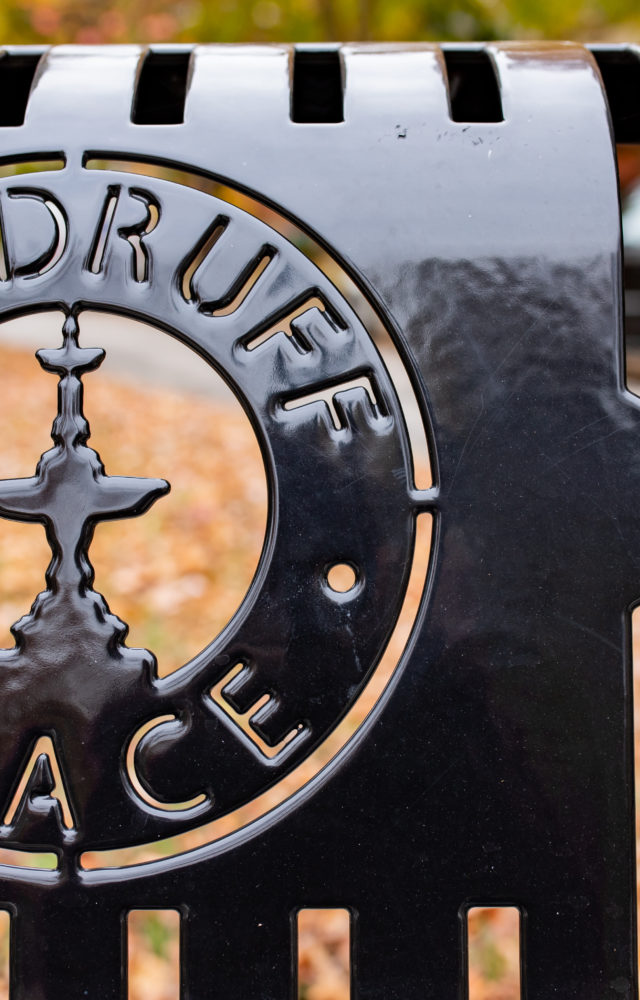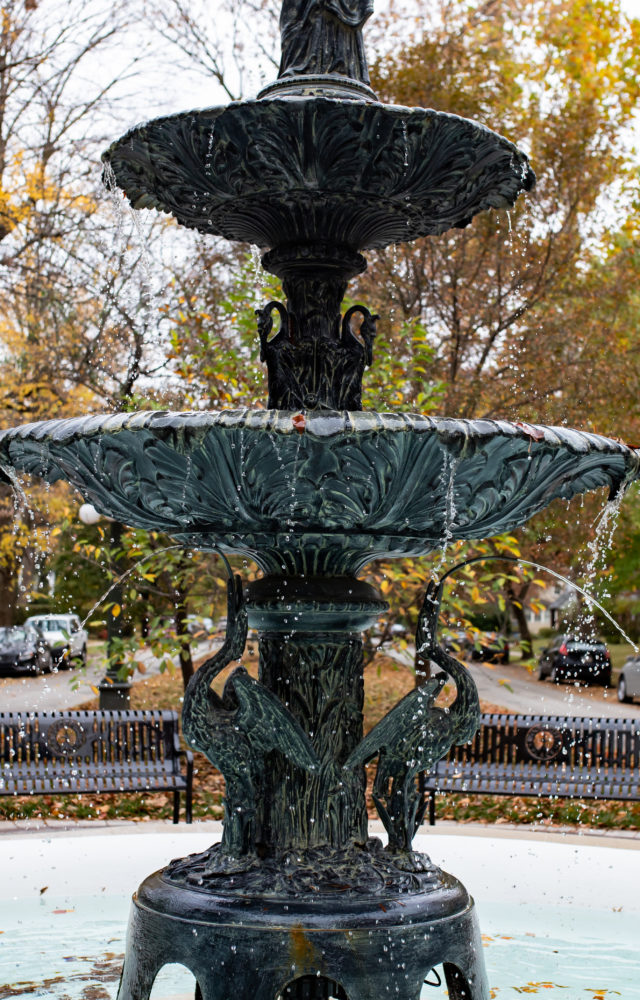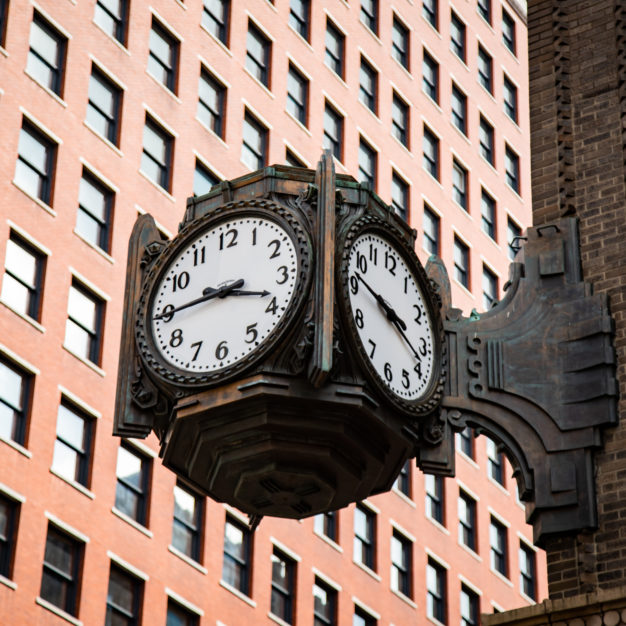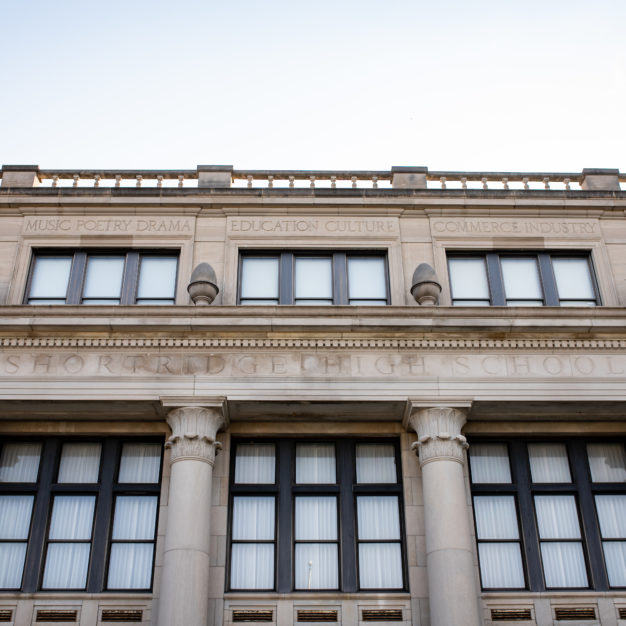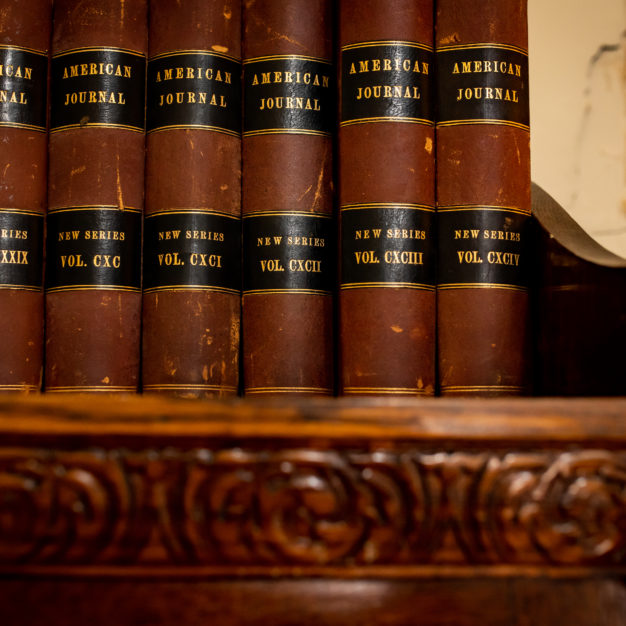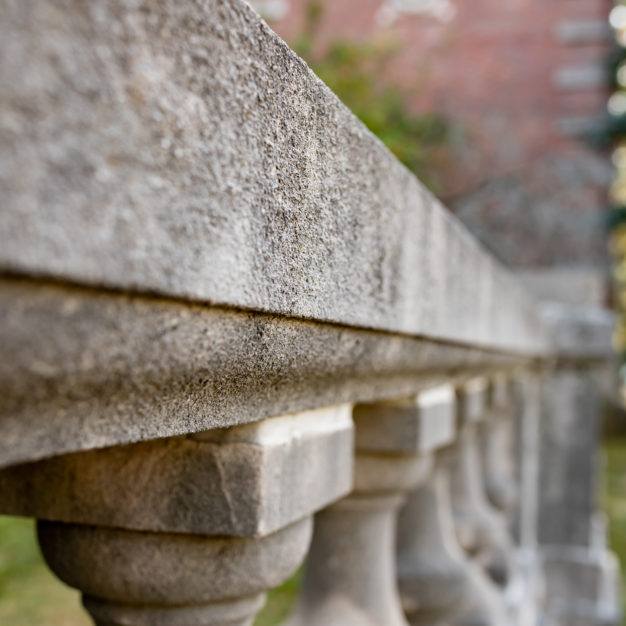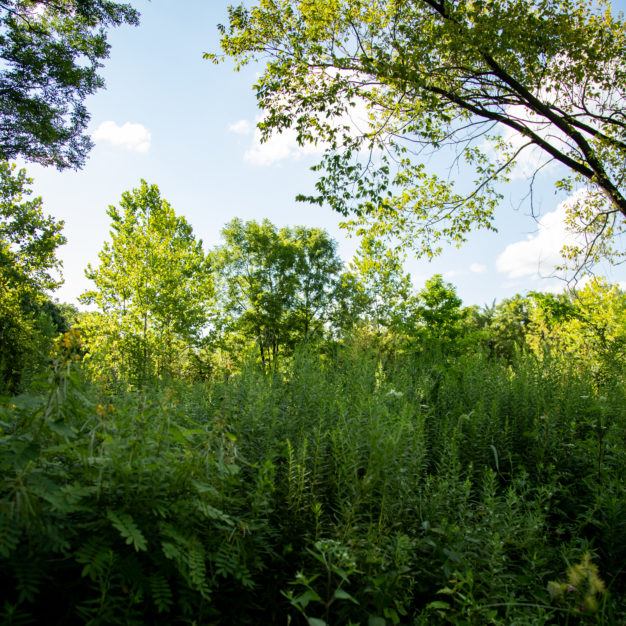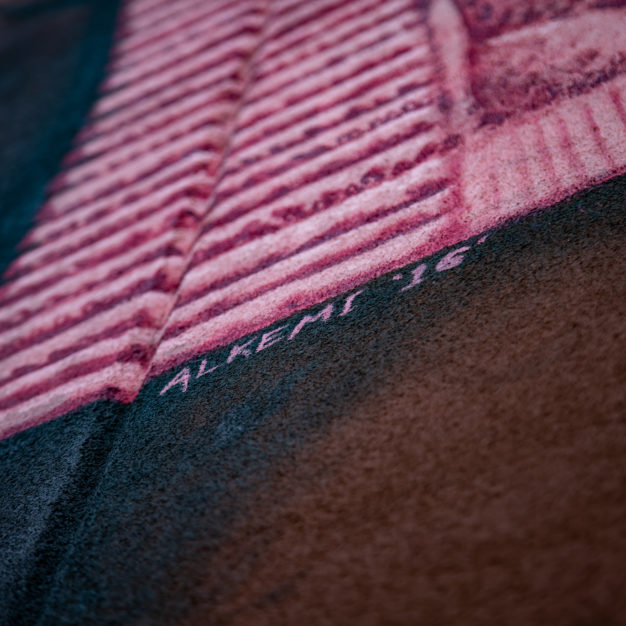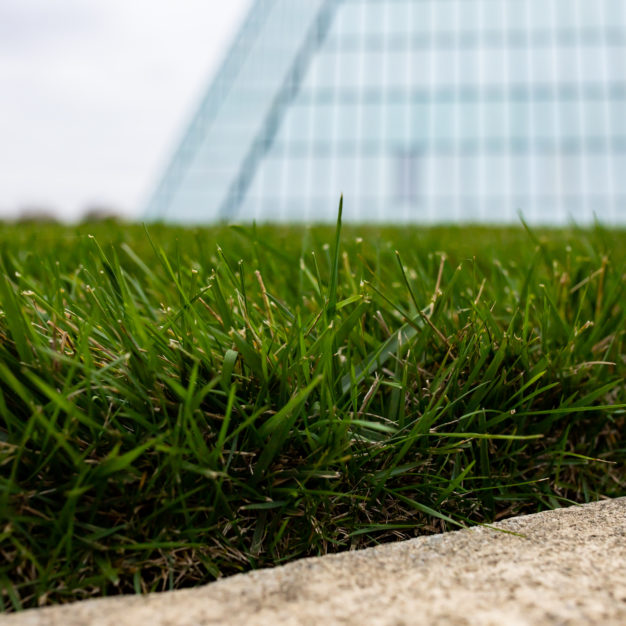Woodruff Place39.777824, -86.126497
The Woodruff Place neighborhood served as inspiration for the setting in Booth Tarkington’s The Magnificent Ambersons.
Author
Booth Tarkington
b. 1869 – d. 1946
Literary Inspiration
The Magnificent Ambersons
Published 1918
NOTES
Dig
Deeper
Indianapolis is a place that inspires creativity. This is one of a dozen original pieces of visual and performing art created by Hoosier artists inspired by Bookmark Indy authors.
Tatjana Rebelle
Poetry/Spoken Word
“Magnificent Who”
Booth Tarkington’s The Magnificent Ambersons, winner of the Pulitzer Prize in 1919 and widely considered one of his best works, is fraught with ugly racial stereotypes and offensive racist language. Spoken word artist Tatjana Rebelle responds with their original work “Magnificent Who,” which prompts us not only to critique and question Tarkington but also asks us to imagine an alternative.
woodruff place town hall
Marker Location:
763 Woodruff Place East Drive
Indianapolis, IN 46201
Closest IndyGo Stops:
10th Street & Woodruff Place Middle Drive (Routes 10 & 11)
New York Street & Hamilton Avenue (Route 3)
How to Plan a Trip on IndyGo:
- Use the Trip Planner on IndyGo.net
- Use Google Maps (select “transit” as your travel method)
- Call IndyGo Customer Service at 317-635-3344
- Track your bus using the MyStop Mobile App
Meet Mary
Oct. 2, 2021 | 11:00 a.m -1:00 p.m. | Woodruff Place
Stop by the Bookmark Indy table at the Woodruff Place Flea Market for the chance to chat with Mary from The Magnificent Ambersons and learn about Woodruff Place in the early 20th century. Mary sees and hears all in the Amberson household, so bring your questions!
Partner: Indiana Historical Society

